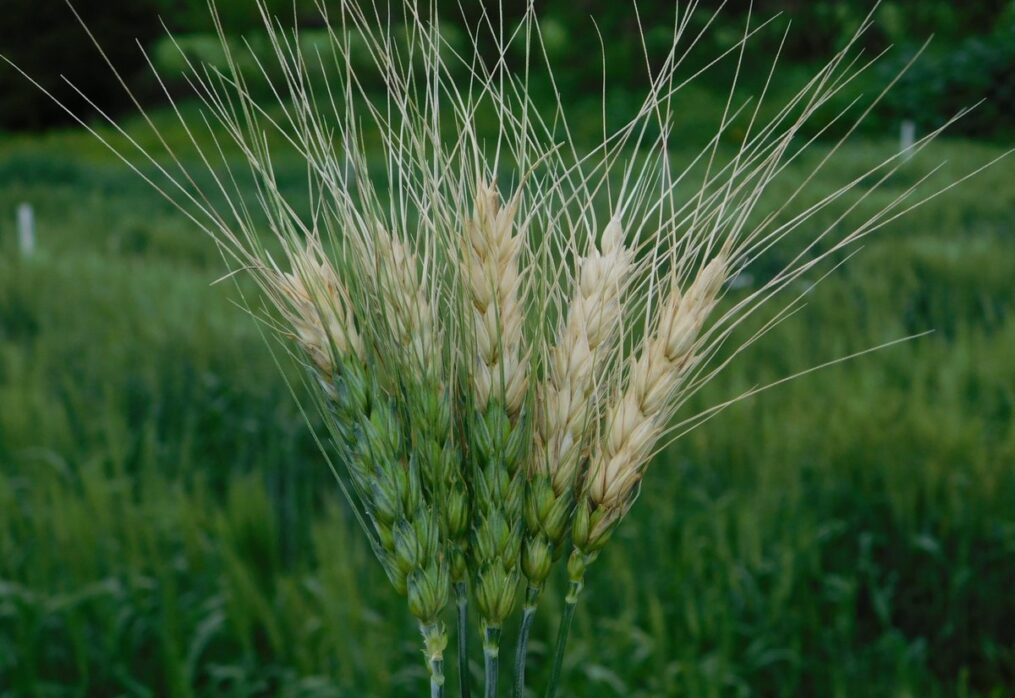Scientists bred a gene for wheat resistance to fungus
A new resistance gene will help increase wheat productivity
Wheat is the most popular product in the world. It is of great strategic importance, and its production is essential for all countries. However, each year, due to various diseases and pests, farmers lose about 20% of the crop, which would be enough to make about 290 million loaves of bread. Therefore, scientists are actively working to improve the quality characteristics of the crop. Recently they succeeded in breeding a gene that makes wheat resistant to one of the most common problems — rust. The latter is a fungus that affects grains and spreads quickly from sprout to sprout.
Scientists at the KAUST Research Center teamed up with experts from Africa, the United States, and France to find an effective way to combat the wheat disease. They studied a variety of Kariega grain and found that it has a high level of resistance to one type of rust, stripe rust. By introducing this gene into other wheat varieties, it is possible to make the crop less susceptible to the fungus. As part of the work, scientists have cloned the gene and intend to improve its quality in the future. The fungus spores are carried thousands of kilometers by the wind. This allows the disease to infect more and more seedlings at an enormous rate, and also to change, generating new strains. The difficulty with rust control is that the immune system of plants is not able to remember and resist various diseases. However, they have genes that are responsible for resistance to a particular problem. And these sections of the genome can vary between species and varieties. This peculiarity explains why one type of wheat can resist rust and another cannot.
The fungus spores are carried thousands of kilometers by the wind. This allows the disease to infect more and more seedlings at an enormous rate, and also to change, generating new strains. The difficulty with rust control is that the immune system of plants is not able to remember and resist various diseases. However, they have genes that are responsible for resistance to a particular problem. And these sections of the genome can vary between species and varieties. This peculiarity explains why one type of wheat can resist rust and another cannot.
Scientists are using innovative solutions in genetics to study plant DNA and transplant its parts from one variety to another. To do this, they use molecular markers that allow them to locate the necessary chromosome that is responsible for resistance to the disease. The gene that prevents stripe rust infection in wheat was named Yr27. It has already been cloned for further improvement and introduction into other crop varieties. Now the specialists will have to do serious work to test the effectiveness of the chromosome in different types of wheat. Through breeding, scientists plan to pass the gene from generation to generation so that as much grain as possible can resist the fungus.
Similar research is being conducted for other diseases, and specialists are also breeding special varieties of wheat that will be resistant to drought or low temperatures. Some of them are already being planted by farmers in different countries. All this work is being done to increase the production of a vital crop that is needed by all of the world’s population.
